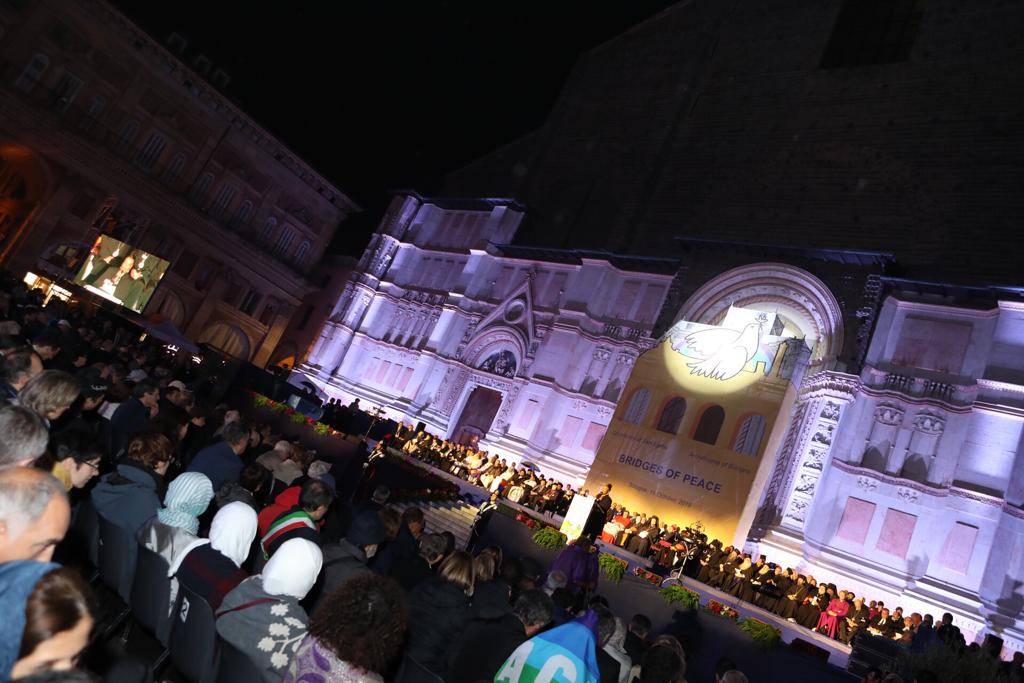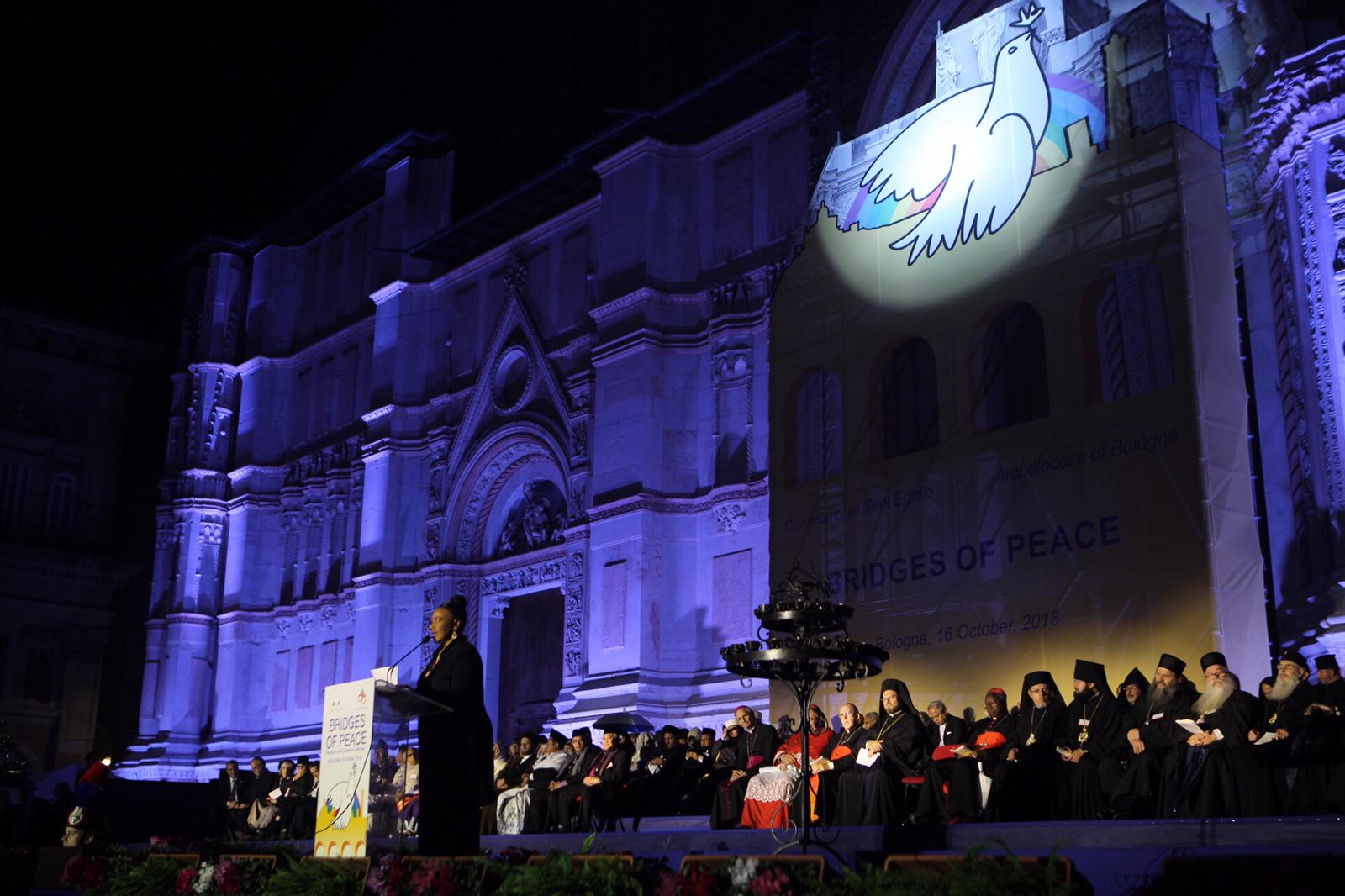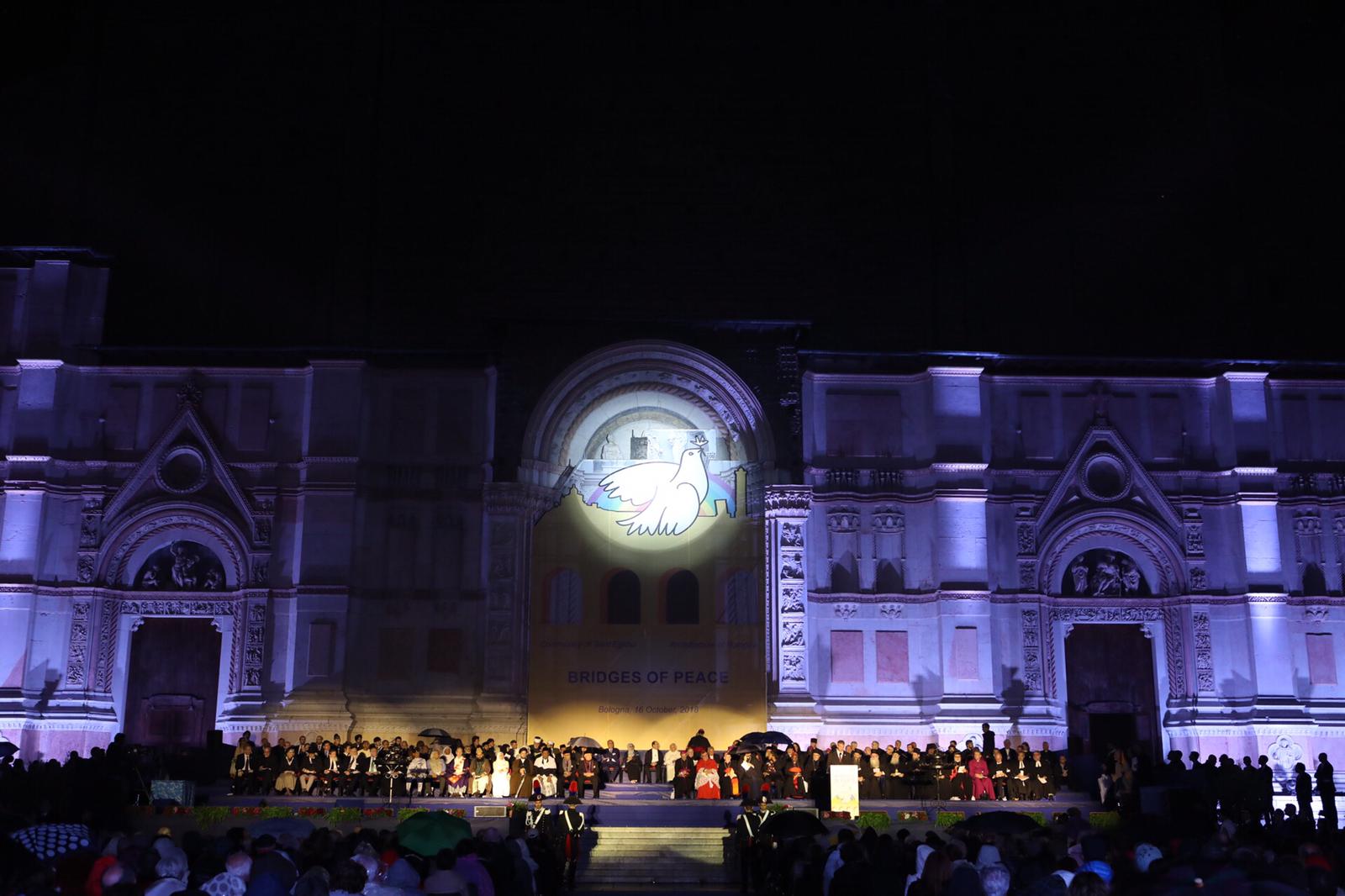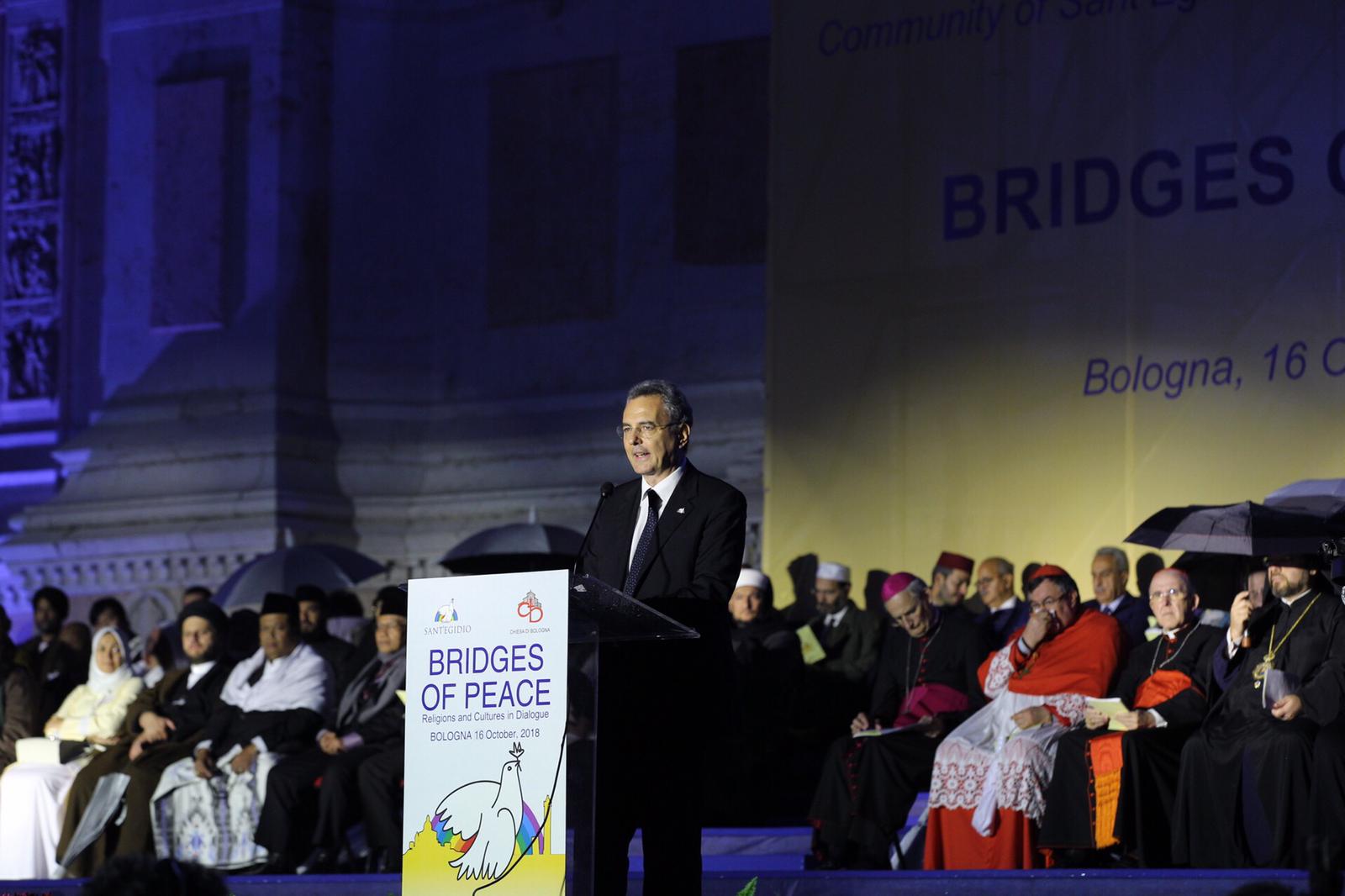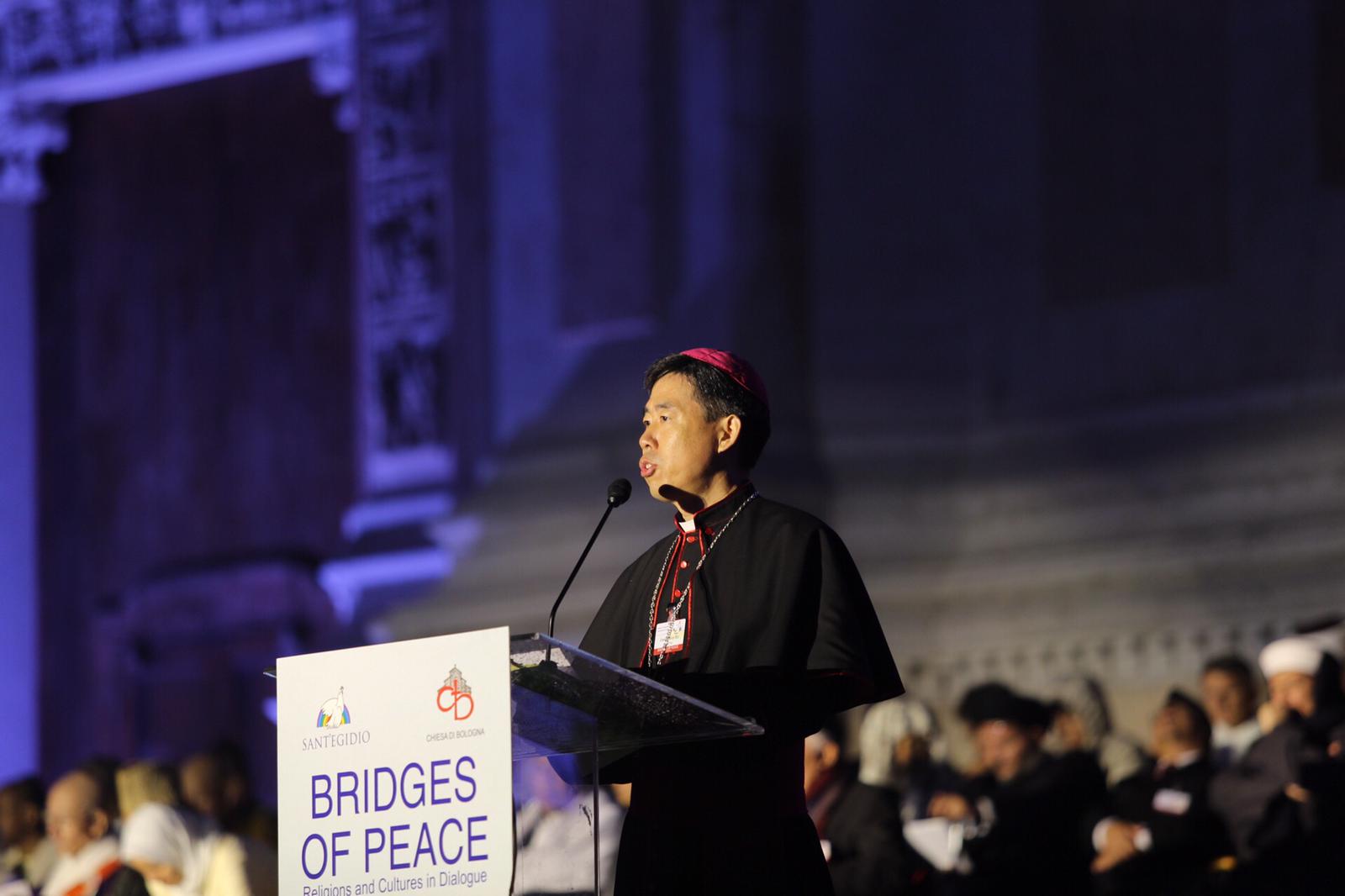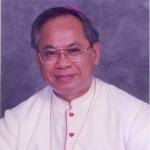
My purpose is not to present theological perspective on the topic. I wish to present a personal experience of the dialogical encounter between Muslims and Christians in Southern Mindanao, Philippines, especially in the Archdiocese of Cotabato.
Prenote – An Asian Background
My experience of dialogical encounter with Islam illustrates a vision of the Church in Asia. Asia is the cradle of ancient major religions in the world, Buddhism, Hinduism, Judaism, Christianity and others. The church in Asia aspires to be a Church of Dialogue. Pope John Paul II acknowledged that dialogue “is the characteristic mode of the Church’s life in Asia” (Ecclesia in Asia, 1999, no. 3).
A. Pastoral Context of Dialogical Encounter
While Christianity in Asia is a small minority of about 2%, the Philippines stands out with 85% Catholic majority. Islam is the second largest religious denomination in the Philippines, with about 10.7 million Muslims or about 6.7% of the total population.
My Archdiocese, the Archdiocese of Cotabato, is on the island of Mindanao, Southern Philippines. The Archdiocese has a population of more than 1.2 million people, 48% of whom is Catholic and 47% Catholic and 47% Muslim (mostly Sunnis). But the province of Maguindanao where the Cathedral of the Archdiocese is located is 83% Muslim. The province belongs to the Autonomous Region of Muslim Mindanao (ARMM). This region is the most economically depressed region in the Philippines, with poverty line above 50% of the population. Maguindanao is the fourth poorest province in the country.
It is the arena of intermittent armed conflict between “Moros” (a name derived from the Moors that had conquered and occupied southern Spain) and the Philippine Government, since the late 1960’s. The “Bangsamoro” (Moro nation) rebellion was at first a war for total secession or independence from the country but later on the Moro rebels fought for greater political and financial economy. The two mainstream revolutionary forces, Moro National Liberation Front (MNLF) and the Moro Islamic Liberation Front (MILF) led the rebellion.
It is truly tragic that a wave of religious extremism and terrorism by ISIS-affiliated organizations has entered the arena of conflict.
There are other challenges to peace-building dialogical encounter.
Rising secularism and ideologies challenge treasured religious beliefs. Mutual historic biases, prejudices, and mistrust among Christians and Muslims threaten to break overtures of peace. Yet there is great respect for cultural and religious diversities, mind-sets, values, customs, traditions, practices, language, arts, etc.
Such is the pastoral context of “peace bridging, religions and cultures in dialogue.”
B. Ways of Co-existing and Building Bridges – Three Levels of Dialogical Encounter.
1. In the Dialogue of daily Life,
At the grassroots level in the Archdiocese of Cotabato there is daily harmonious co-existence and friendship among Muslims and Christians in the market, at work, in schools, or simply as neighbors. They show mutual respect for freedom of religion and worship. The ringing of bells, the daily calls to Muslim prayers do not bother anyone. A very good example of dialogue of daily life is in our Catholic schools. Several of our Catholic schools have a majority Muslim student population.
2. In the Dialogue of Action.
Christians and Muslims come together to reflect, share and act on common social Issues of concern, for instance, on issues of social justice, peace and security, or the
environment. They take common action together for the common good.
2. In the Dialogue of Theological Experience.
Religious leaders and teachers share with one another their respective doctrinal and moral beliefs and discover commonalities as well as differences. They respect the differences of beliefs and avoid proselytism. Past instances of dialogue were on Maryam in the Qur’an and in the New Testament; Creation and Environment in the Qur’an and the in the Bible.
C. Dialogue of Action for Peace – a Personal Experience
It is in the Dialogue of Action where I find my urgent Mission, a Mission to search for Peace and help establish peace.
Decades of armed conflict have resulted in tens of thousands of casualties, civilians and armed combatants, in the displacement of hundreds of thousands of Christian and Muslim families, rising poverty incidence, and in increasing mistrust and prejudice among Christians and Muslims.
22 years ago I gave a talk to Bishops and Catholic businessmen in Manila on the root-causes of Moro rebellion. I identified three: injustice against Moro identity; injustice against Moro sovereignty and territory; injustice against Moro integral human development.
The decades of rebellion were meant to address these three injustice. Subsequently published my talk seems to have become the foundational summary of the peace negotiations between Moro rebels and the government.
Decades of peace negotiations have resulted in the recent presidential signing of a new law. The Bangsamoro Organic Law
(BOL) has been approved by the Philippine legislature. It is a promise of lasting peace in southern Mindanao. Awaiting ratification by the people living in the region now newly named by BOL as the Bangsamoro Autonomous Region in Muslim Mindanao (BARMM).
Meanwhile deep historic biases and prejudices on both sides constantly threaten the breakdown of peace.
The Archdiocese has a pastoral program of IRD to help reduce biases and prejudices among Catholics. Dialogue of life in our Catholic schools greatly helps.
1. Personal Involvement in Peace Bridging
My personal involvement began when I was a University Professor and Administrator in the late 1960’s and early 70’s.
I often listened to my Muslim students about their aspirations. I learned from them about what they think of other people.
The experience continued when I was assigned as Pastor in the predominantly Muslim city of Jolo, Sulu in the late 1970s.
I had a radio program with a leading Muslim ustadz on ways and practices of prayer, on the Blessed Virgin Mary, etc. Muslims and Christians also had a common celebration of the fiesta of Our Lady of Mt. Carmel.
Finally, as Archbishop of Cotabato from 1998 to the present, I became involved in the peace process between the Moro Islamic Liberation Front and the Philippine government. I have already noted the apparent impact of my paper on injustices to the Bangsamoro.
In the negotiations, I preferred to stay “behind the curtains,” keeping a “low profile,” and away from public view. Occasionally the peace negotiators asked my opinion on certain crucial issues. Frequently they asked for prayers during critical moments of the peace negotiations. Of great significance is the fact that many Bangsamoro rebels were educated in our Catholic schools. Some of their top leaders were my university students.
To support the peace process, I convened a group of peace advocate, which we now call, “Friends of Peace,” consisting of Christians, Muslims, and Indigenous peoples, who are well known in their own professional fields. We gather together to reflect on issues of peace and share our thoughts with decision makers, including the peace negotiators.
The next four months will be crucial for the peace process. The Bangsamoro Organic Law has to be ratified by the people living in the Bangsamoro Autonomous Region. We have to address the mistrust and skepticism of the Christian minority regarding the BOL.
D. Requirements of Dialogical Encounter
From my personal experience let me draw out the fundamental attitudes of mind and heart required for dialogical encounter:
It is in the very process of interreligious encounter that such attitudes are learned and imbibed. The process of moving from hostility, mistrust, and suspicion to harmony involves:
• listening with the ears and with the heart;
• opening the mind and heart;
• recognizing the common origin of the human person;
• recognizing the universality of human dignity and human rights;
• acknowledging individual, social, cultural, religious differences;
o building communities that are diverse but united;
• mutual respecting and understanding;
• trusting and loving;
o building communion among peoples;
• being aware of our common journey to God’s kingdom;
• being aware of the mysterious activity God, of the Holy Spirit, in our world of great diversity.
May I quote here as apropos the words of the Jewish thinker, Martin Buber, in his work, I and Thou. He describes dialogue as an encounter of friendship.
“When two people relate to each other authentically and humanly, God is the electricity that surges between them.”
“Dialogue is not to be identified with love. But love without dialogue, without real outgoing to the other, reaching out to the other, the love remaining with itself – this is called Lucifer.”
E. Agenda for Dialogical Encounter in Peace Bridging
Finally, I would like to enumerate what I believe are the major agenda for the dialogical encounter between Muslims and Christians in the Philippines:
1. to discover the convergences of the two religions in order to respond together to burning issues of justice, peace, and development;
2. to bring the praxis of various levels of dialogical encounter down to the grassroots;
3. to defend vigorously fundamental Human Rights that are under siege by radical fundamentalism, violent extremism, and terrorism;
4. to address the humanitarian crisis of massive displacement of peoples, its political and economic causes and its implications on poverty and underdevelopment;
5. to explore viable solutions to the “new slavery” of migrant workers, since hundreds of thousands of Filipino Muslims and Christian seek employment in the Middle East;
6. to dialogue on the status and treatment of women as understood by different religions and provide positive approaches towards gender sensitivity and equality;
7. to assist in the search for moral and juridical norms for economic globalization that often results in marginalization;
8. to address effectively the ambivalent values of cultural globalization, the gradual and subtle penetration of secularism as a global culture into our rural societies;
9. to join the rising chorus of voices seriously concerned about the ecological challenge of global warming and climate change;
Conclusion
To mediate for peace and harmony is truly part of God’s mission. Mission is not only proclaiming the Gospel of Jesus and the Reign of God. It is also to witness to Gospel and Kingdom values such as justice, peace, understanding, respect for human dignity and fundamental human rights.
Ultimately lasting definitive peace is only possible if peace is in the heart and from the heart. That is my belief and conviction.
